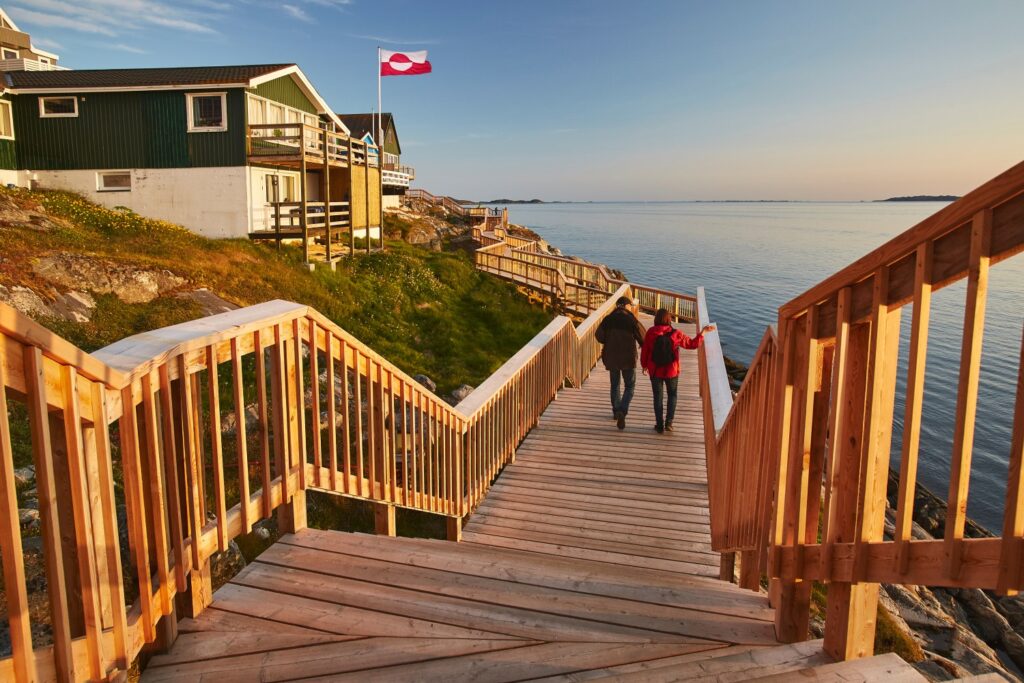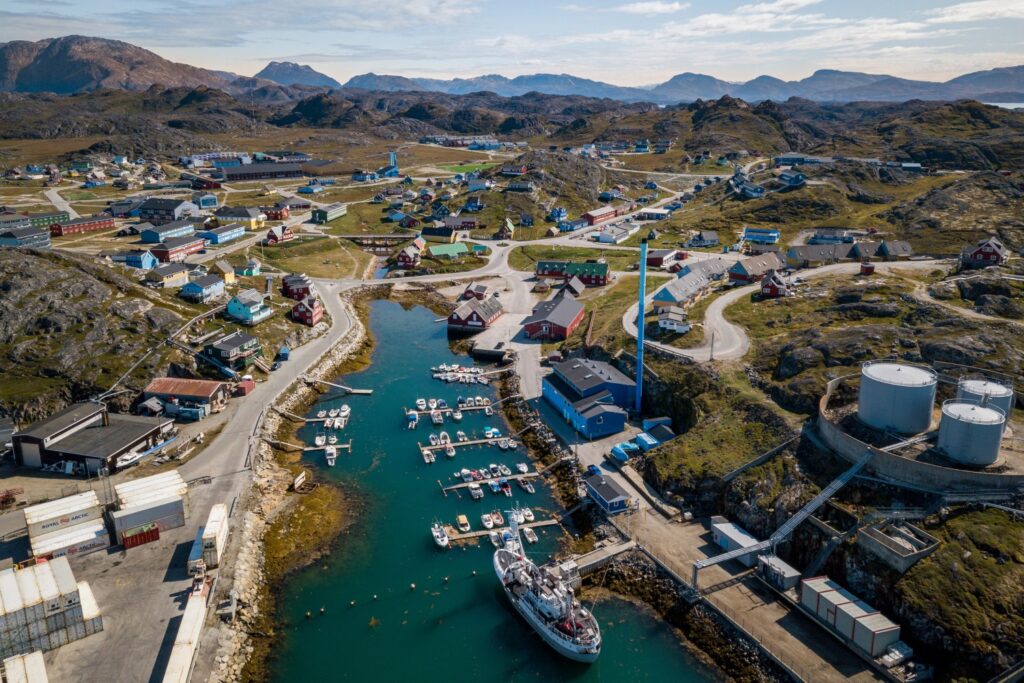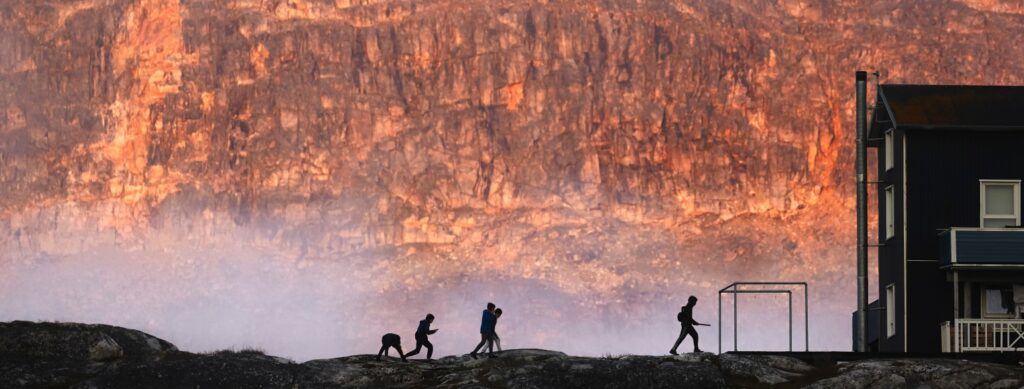
PETER LINDSTROM/VISIT GREENLAND, 2019
The metropolitan municipality extends from 60°N and up to 71°N north and includes the towns of Paamiut, Nuuk and three settlements on the west coast, as well as the towns of Tasiilaq and Ittoqqortoormiit and five settlements on the east coast. Sermersooq has an area of approximately 531,900 km², and it is the country’s most populous with just under 23,500 inhabitants, of whom more than 19,000 live in the capital Nuuk.
As the only municipality, Sermersooq stretches across the ice sheet to the east coast, where Tasiilaq is the largest, and Ittoqqortoormiit the country’s smallest and most isolated town. In terms of navigation, the east coast is challenged by the storis (great ice). Tasiilaq and the district’s five settlements have supply ships five months a year, and Ittoqqortoormiit only two annual ships, which obviously challenges food and goods supply. East Coast telephony and internet are based on satellite connectivity and thus significantly slower and more limited than in the rest of the municipality.
The municipality is geologically interesting and has several major mineral exploration projects.

ANINGAAQ R. CARLSEN/VISIT GREENLAND, 2019
In East Greenland there are sled dogs, while they are not allowed on the west coast of the municipality.
Nuuk is the government town with parliament building for Inatsisartut (Parliament), the headquarters of Naalakkersuisut and most of the central administration, as well as most government-owned infrastructure companies and several research and education institutions. The contrast with the municipality’s other towns is large in terms of physical geography and socio-economy. The business potentials exploited on the east coast and south of Nuuk are limited and the municipality is characterised by economic inequality.
Since the municipal amalgamation in 2009, the municipality has been led by the IA and the party regained the office of mayor in April 2021. The municipality’s planning strategies focus on core values such as sustainability, quality of life as well as democracy and service and focus on coastal fisheries, the construction industry and the elderly. Over time, the UN Sustainable Development Goals have gained greater attention.
For a number of years, the municipality has experienced a sharp but unevenly distributed population growth that is assumed to continue. Part of the capital strategy is linked to Naalakkersuisut’s plans to expand the existing airport at Nuuk into an international airport. The municipality expects that it will attract more tourists, more business and provide more jobs to the capital.
In the 2009 local government reform, the towns on the east coast wanted to form their own municipality, but were rejected, citing that the population is too low. The reason for merging the two east coast towns with Nuuk was and is that the capital provides greater economic latitude. However, municipal cohesion is challenged by unevenly distributed growth and by an experience that decisions are taken very far away.

